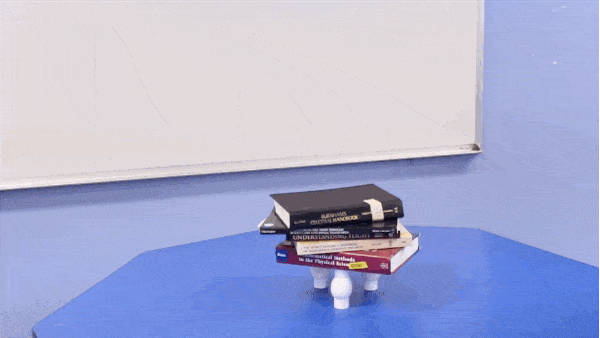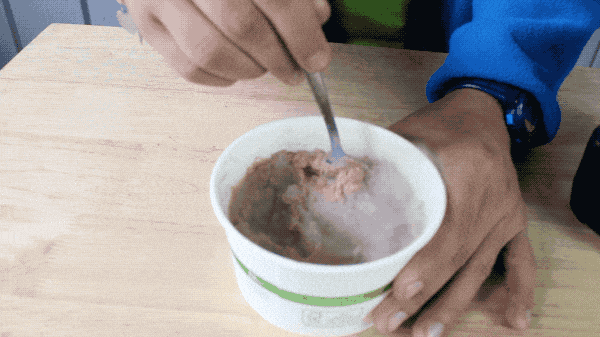
In West Virginia’s New River Gorge, an 88-million-pound bridge spans a chasm eight tenths of a mile wide. Before its construction, drivers detoured for the better part of an hour to navigate the Gorge’s steep, water-carved walls. Today, the crossing takes less than a minute at highway driving speed. (Image credit: Louise McLaughlin.)
For most of history, a crossing of this magnitude was architecturally impractical at best. It takes a combination of age-old engineering and lightweight, strong, flexible modern materials to make massive suspension structures a reality.
An arch is a way to redirect force. Imagine two pillars supporting a heavy crossbeam. The crossbeam sags like a hammock, even if the beam is made of relatively rigid material. Its weight squishes the pillars downward– and also pushes them outward. An arch does two useful things: it transforms the tension (the sagging, stretching force on the crossbeam) into compression, and it aims the outward push of the roof more directly down through the support pillars. Check out this quick, fun, interactive piece to really get a feel for the forces involved.
A dome is essentially an extension of an arch– instead of directing force along a single dimension, it spreads weight out radially from a central point.
These three raw eggs hold up a stack of books weighing about thirty pounds.
Human-made arches and domes date back to ancient Mesopotamia, but nature has been on board with this kind of construction for even longer! The phrase “walking on eggshells” evokes a common misconception: that eggshells are weak. The calcium carbonate they’re made of may not stand up to impact very well, but its dome-shaped structure is surprisingly tough under static stress. Hard to believe? Try it yourself! We placed a paper ring on each end of our test eggs, creating a stable surface to stack books on top of. What other methods can you come up with for testing the strength of these natural domes?
Written By: Caela Barry



